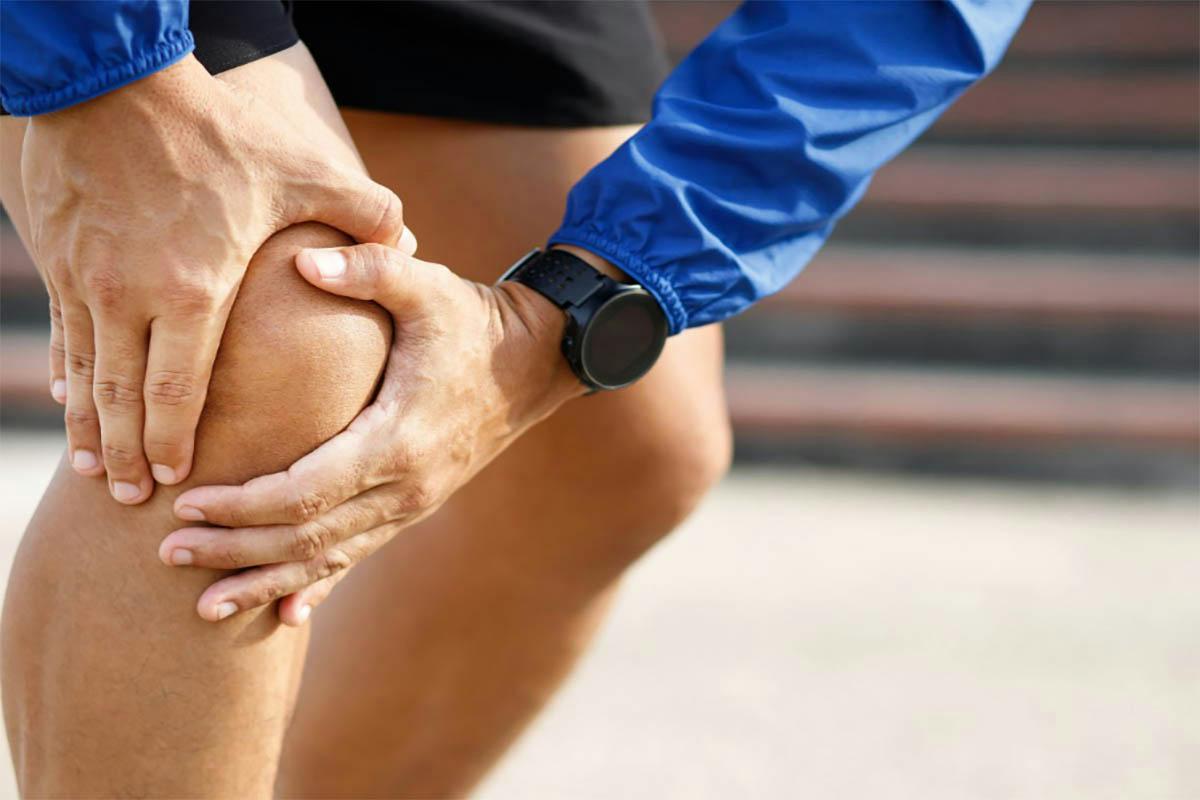Do you ever experience persistent knee pain, particularly just below or inferior to the patella (the kneecap)? If so, you’re not alone. Patellar tendonitis, commonly referred to as “jumper’s knee,” can be a frustrating and uncomfortable knee injury. In this blog, we’ll delve into the ins and outs of patellar tendonitis, its potential causes, and how to effectively manage and prevent it.
Understanding Patellar Tendonitis
Patellar tendonitis is an overuse injury that primarily affects the patellar tendon, which connects the kneecap to the shinbone. It often strikes athletes involved in activities that require repetitive jumping and sudden directional changes, like basketball, volleyball, or track and field. However, it can afflict anyone who frequently engages in activities that stress the knees.
What Causes Patellar Tendonitis?
The causes of patellar tendonitis are multifaceted and can include:
- Overuse: Consistently pushing your knees to their limits, whether through athletic activities or daily tasks, can strain the patellar tendon and result in knee pain below the patella.
- Muscle Imbalances: Weakness or imbalances in the quadriceps, hamstrings, or calf muscles can put extra stress on the patellar tendon and lead to jumper’s knee.
- Inadequate Warm-Up: Failing to properly warm up before physical activity can increase the risk of knee injury, including patellar tendonitis.
- Inadequate Recovery: Not allowing sufficient time for your body to recover after intense activities can lead to persistent knee pain.
Managing and Preventing Patellar Tendonitis
Here are some effective strategies to manage and prevent patellar tendonitis:
- R. R. C. M. Protocol: Relative Rest (decrease volume/intensity of offending activities), compression, and easy cyclical movement such as stationary biking or walking.
- Physical Therapy: Consult a physical therapist who can design a personalized exercise program to strengthen the muscles around your knee, improve flexibility, and manage patellar tendonitis.
- Patellar Taping: Some individuals find relief through patellar taping to decrease pain during rehab activities while working to overcome jumper’s knee.
- Proper Footwear: Invest in footwear that provides adequate cushioning and arch support to reduce stress on the patellar tendon and alleviate knee pain below the patella.
- Gradual Progression: If you’re an athlete, gradually increase the intensity and duration of your workouts to avoid overuse injuries like patellar tendonitis.
- Stretching and Warm-Up: Incorporate dynamic stretching and warm-up exercises before engaging in physical activities to prepare your muscles and tendons, preventing jumper’s knee.
- Eccentric Strengthening: Eccentric exercises, such as squats and lunges, can help improve patellar tendon strength and resilience, reducing the risk of knee pain below the patella.
Seeking Professional Help for Patellar Tendonitis
If your knee pain persists or worsens despite these self-care strategies, it’s essential to consult a healthcare professional, such as a physical therapist or orthopedic specialist. They can conduct a thorough evaluation and recommend targeted treatment plans, including more advanced interventions like ultrasound therapy or corticosteroid injections if necessary, to address patellar tendonitis effectively. Physical therapy and strength training are proven methods that help heal patellar tendonitis without drugs or surgery.
Conclusion:
In conclusion, knee pain below or inferior to the patella can be challenging, but it’s a condition that can be managed and prevented with the right approach. By understanding the causes, practicing self-care, and seeking professional help when needed, you can take the necessary steps to banish knee pain and get back to the activities you love. Don’t let patellar tendonitis hold you back – take action today to reclaim your knee health and overall well-being!
Fill out our contact form if you would like to partner with us at our Nashville or Brentwood, TN offices to overcome knee pain!



